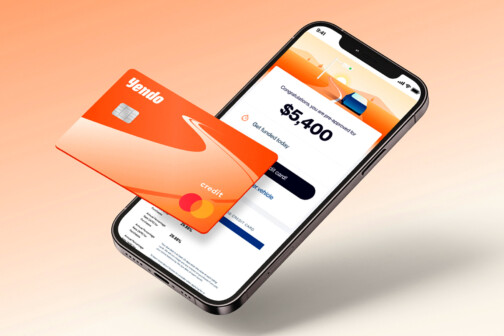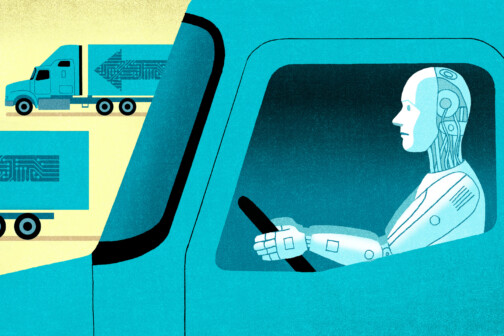Will it heal on its own or will it need more medical care? The question that plagues everyone from burn unit physicians to parents of small children who fall on the playground is being answered one patient at a time with the help Dallas-based Spectral AI, whose artificial intelligence technology can determine whether a burn wound needs medical intervention.
Founded in 2009 after spinning off from UT Southwestern research, the company has landed $130 million in government contracts from the U.S. Biomedical Advanced Research and Development Authority (BARDA), with federal officials researching the potential for Spectral AI’s technology to make an impact at mass casualty events or disasters. The solution gives physicians a binary answer on whether or not a burn wound will heal without advanced treatment like surgery. The company runs a database of 263 billion clinical burn wound data points through an artificial intelligence algorithm to predict the prognosis for burn wounds.
Years of research found that measuring the oxygen saturation and wound depth and analyzing the wound via a spectrum of light can give a determination with 92 percent accuracy. Burn physicians are only 50 percent by themselves, the company said, and patients often have to wait weeks before knowing whether they need surgery. The device is about the size of an iron, takes a snapshot of the wound, and can quickly tell physicians which parts of the wound will heal and which parts will need additional attention.
“Our technology is perfect for a hospital to triage numerous patients quickly,” says Vince Capone, the company’s general counsel. “We will give a determination within seconds that this person will heal on their own, and you can triage them, or this person needs advanced care and may need to go into surgery. It is useful in the event of something like a mass casualty or a large scale event in which numerous people have burn injuries.”
The public company recently changed its ticker to MDAI after its business combination with New York-based Rosecliff Acquisition Corp I via a Special Purpose Acquisition Company deal. SPACs are shell companies merging with growing companies to go public and avoid hurdles connected to the initial public offering process. Since the SPAC deal was announced, Spectral AI’s stock has dropped to about 32 percent of its value. Spectra lAI went public on the London Stock Exchange in 2021 but was delisted with the SPAC deal and moved to NASDAQ.
Despite the NASDAQ drop, Spectral AI is looking to expand its reach and raise additional capital ahead of BARDA’s request for proposal for Project BioShield, which is looking for “a non-invasive imaging device to rapidly assess the wound size and severity and assist emergency physicians on triage decisions to more specialized burn centers.” The RFP couldn’t align with Spectral AI’s solution more if it tried. ” It would also be designed to provide information useful for clinical decision by burn care specialists on the wound areas needing interventional treatment to achieve definitive healing.”
In addition to the federal contracts, Spectral AI plans to launch for sale to providers in the U.K. later this year and be available for U.S. healthcare systems within the next two years, pending FDA approval. The company, which Wenshang Fan leads, is up to 80 employees from 55 this year, and Capone predicts Spectral AI will employ more than 110 people next year. With the hospital rollout, Capone says the technology can be a boon to the military, federal disaster response, and rural providers.
What’s next? Spectral AI is looking to expand its technology to give a determination on ulcers, diabetes, critical limb ischemia, peripheral artery disease, and wound care for people whose treatment isn’t working. “We’re excited about the ability of this technology to have an opportunity to advance wound care for people,” Capone says. “The current treatment methods are wait-and-see, which is a bad answer.”
Author







